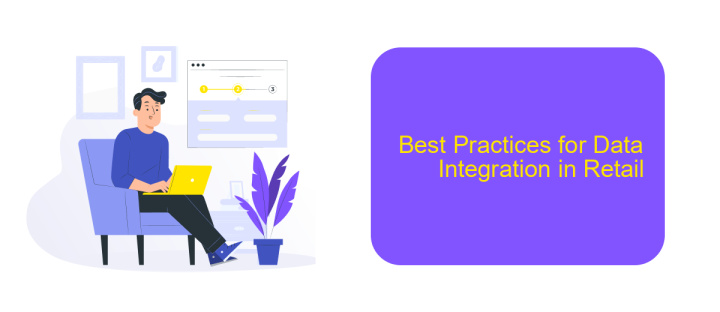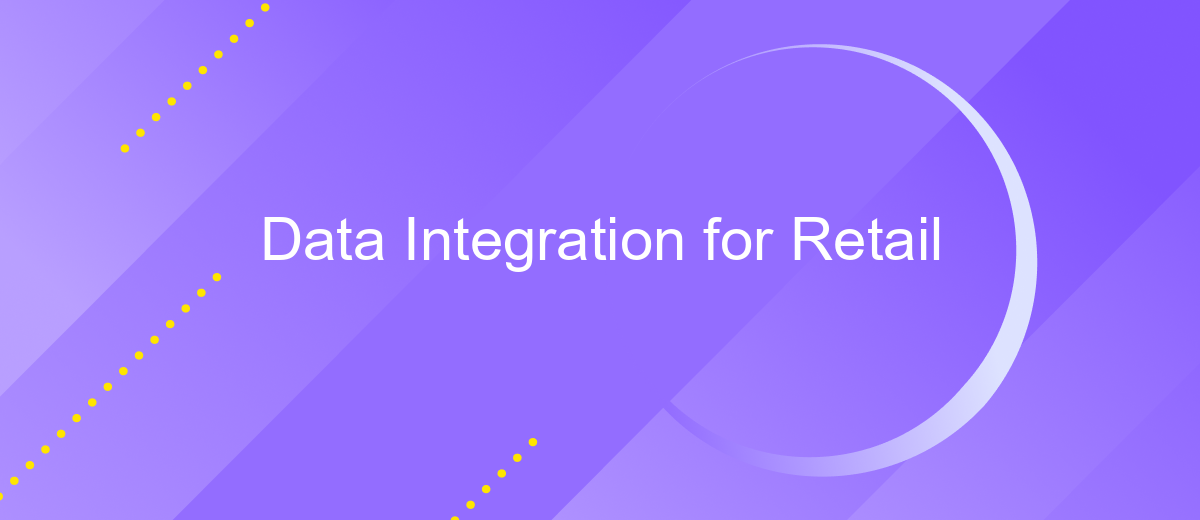Data Integration for Retail
In today's fast-paced retail environment, data integration is critical for success. By seamlessly merging data from various sources, retailers can gain comprehensive insights into customer behavior, inventory management, and sales trends. This article explores the importance of data integration in the retail sector, highlighting its benefits and providing strategies for effective implementation to drive business growth and enhance customer experience.
Introduction
Data integration is a critical component for modern retail businesses aiming to stay competitive in a fast-paced environment. Effective data integration ensures that various systems and applications within the retail ecosystem communicate seamlessly, providing accurate and real-time information to stakeholders.
- Enhanced decision-making through unified data
- Improved customer experience with personalized services
- Streamlined operations and reduced manual errors
One of the leading tools in this space is ApiX-Drive, which offers robust solutions for setting up and managing data integrations. By leveraging ApiX-Drive, retailers can easily connect disparate systems and automate data workflows, ensuring that all relevant information is synchronized across platforms. This not only saves time but also enhances the accuracy and reliability of the data being used for strategic decisions.
Benefits of Data Integration for Retail

Data integration for retail offers numerous benefits, including improved decision-making and enhanced customer experiences. By consolidating data from various sources, retailers can gain a holistic view of their operations, enabling more accurate forecasting and inventory management. This comprehensive data analysis allows businesses to identify trends, optimize pricing strategies, and tailor marketing efforts to better meet customer needs.
Additionally, data integration streamlines operations by automating data flows between systems, reducing manual errors and saving time. Services like ApiX-Drive facilitate seamless integration by connecting disparate platforms, ensuring that data is consistently synchronized across all channels. This not only enhances operational efficiency but also enables real-time insights, empowering retailers to respond swiftly to market changes and customer demands. Ultimately, data integration fosters a more agile and responsive retail environment, driving growth and improving overall business performance.
Challenges of Data Integration for Retail

Data integration in retail presents a unique set of challenges that can significantly impact business operations. Retailers often deal with vast amounts of data from various sources, including point-of-sale systems, e-commerce platforms, and supply chain management tools. Ensuring that this data is accurately and efficiently integrated is crucial for maintaining a seamless customer experience and optimizing business processes.
- Data Silos: Different departments within a retail organization often use disparate systems, leading to isolated data that is difficult to integrate.
- Data Quality: Inconsistent or inaccurate data can cause significant issues in reporting and decision-making processes.
- Scalability: As a retail business grows, the volume of data increases, making it challenging to maintain efficient data integration.
- Real-Time Integration: Retailers need real-time data to respond quickly to market changes, which requires robust integration solutions.
- Compliance: Retailers must ensure that their data integration processes comply with various regulations and standards.
To address these challenges, retailers can leverage integration platforms like ApiX-Drive. This service simplifies the process of connecting different systems and automating data workflows, ensuring that data is consistently accurate and up-to-date. By utilizing such tools, retailers can overcome common integration hurdles and enhance their overall operational efficiency.
Best Practices for Data Integration in Retail

Effective data integration in retail is crucial for streamlining operations and enhancing customer experience. To achieve seamless integration, retailers must focus on aligning their data sources and ensuring data consistency across platforms.
One of the key strategies is to utilize robust integration tools that can handle data from various sources, such as POS systems, e-commerce platforms, and CRM systems. These tools should be capable of real-time data synchronization to provide up-to-date information for decision-making.
- Use scalable integration platforms like ApiX-Drive for connecting multiple data sources efficiently.
- Ensure data quality by implementing validation and cleansing processes.
- Maintain data security with encryption and access controls.
- Regularly monitor and update integration workflows to adapt to changing business needs.
By following these best practices, retailers can achieve a unified view of their operations, leading to better inventory management, personalized customer experiences, and informed strategic decisions. Leveraging tools like ApiX-Drive can significantly simplify the integration process, ensuring data flows seamlessly across all retail systems.


Case Studies: Successful Data Integration Implementations in Retail
One notable example of successful data integration in retail is the case of a large multinational retailer that utilized the ApiX-Drive platform to streamline its data processes. By integrating various data sources such as inventory management systems, customer relationship management (CRM) tools, and online sales platforms, the retailer was able to achieve real-time data synchronization. This integration enabled the company to make informed decisions based on up-to-date information, significantly reducing the time spent on manual data entry and minimizing errors.
Another case involves a mid-sized e-commerce company that faced challenges in managing data from multiple sales channels. By implementing ApiX-Drive, the company was able to automate the data flow between its online store, warehouse management system, and marketing platforms. This seamless integration allowed the company to maintain accurate inventory levels, optimize marketing strategies, and improve overall customer satisfaction. The success of these implementations highlights the critical role of effective data integration in enhancing operational efficiency and driving business growth in the retail sector.
FAQ
What is Data Integration for retail?
Why is Data Integration important for retail businesses?
How can Data Integration improve customer experience in retail?
What challenges do retailers face when integrating data from multiple sources?
What tools can help with automating and setting up Data Integration for retail?
Routine tasks take a lot of time from employees? Do they burn out, do not have enough working day for the main duties and important things? Do you understand that the only way out of this situation in modern realities is automation? Try Apix-Drive for free and make sure that the online connector in 5 minutes of setting up integration will remove a significant part of the routine from your life and free up time for you and your employees.

